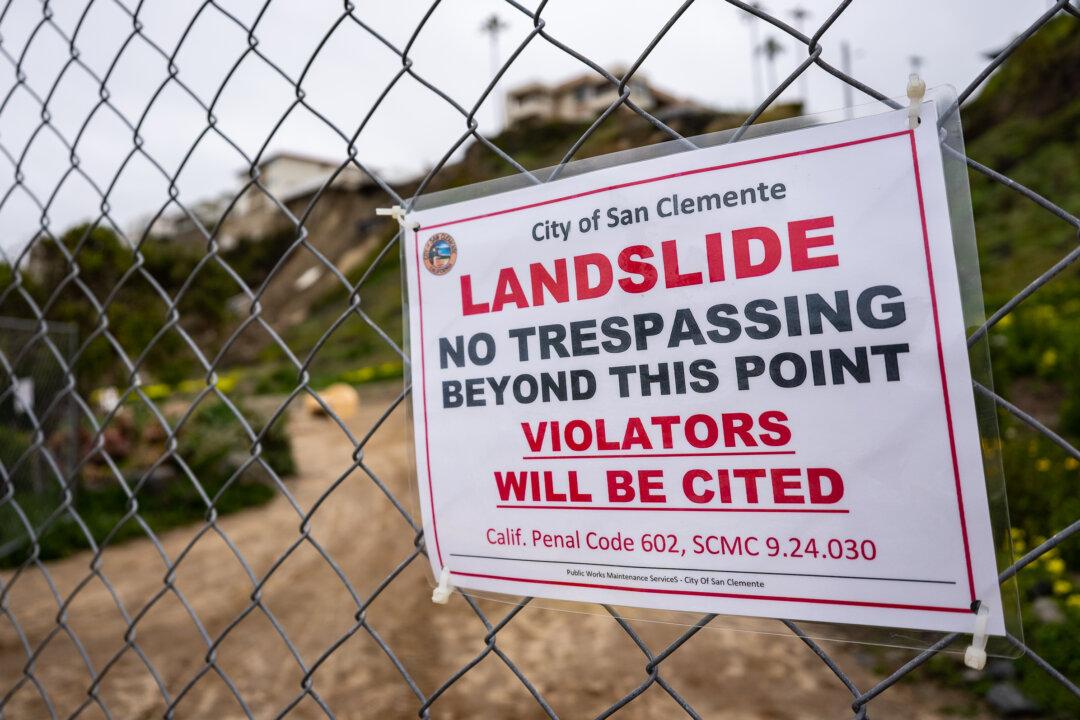University of California–Los Angeles (UCLA) geologists recently announced they are using artificial intelligence (AI) to predict where and why landslides may occur, bolstering efforts to save lives and property in disaster-prone areas.
Researchers say the new method, which was detailed in the journal Communications Earth and Environment, requires “far less” computing power than traditional AI and is more accurate than traditional landslide prediction methods.




